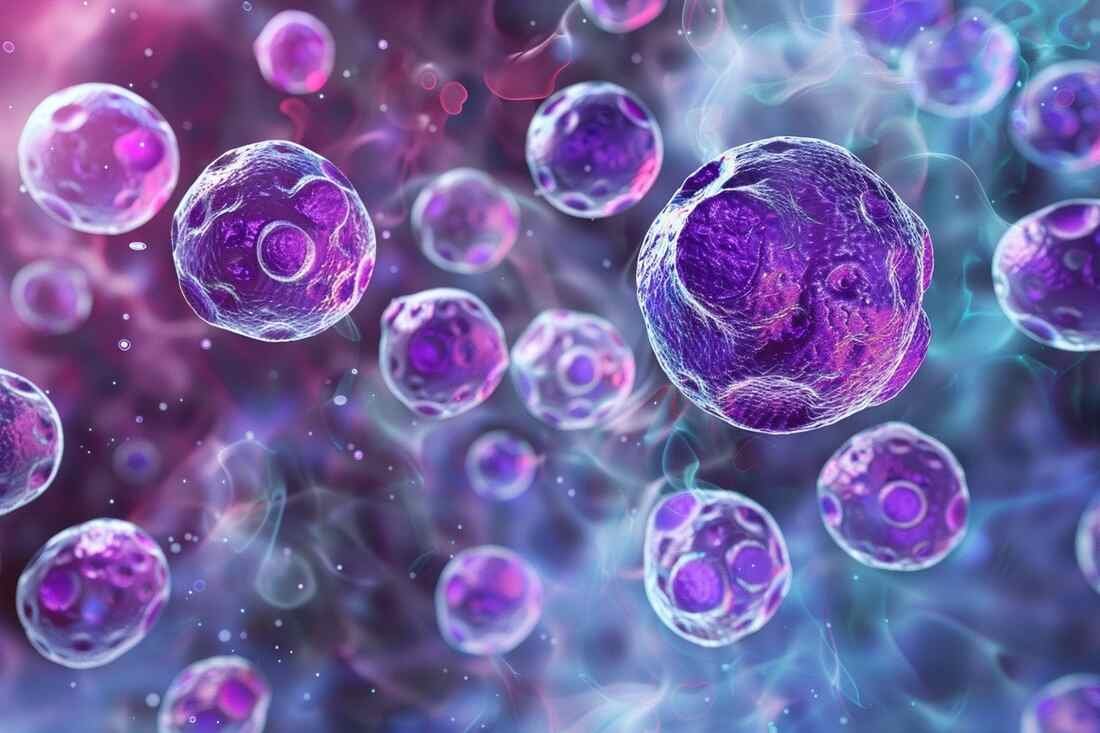Red Eyes
Red eyes usually are caused by allergy, eye fatigue, over-wearing contact lenses or common eye infections such as pink eye (conjunctivitis).
Redness of the eye is most often due to dilation or rupture of the small blood vessels that supply the eye. They can be caused by a multitude of factors and conditions, ranging from simple irritation to more serious eye diseases, which constitute emergencies.
How are red eyes characterized?
Redness of the eye is most often due to dilation or rupture of the small blood vessels that supply the eye.
They can be caused by a multitude of factors and conditions, ranging from simple irritation to more serious eye diseases, which constitute emergencies.
Redness can be associated with pain, stinging, itching, reduced visual acuity, etc. Pain and loss of vision are warning signs: the redness itself isn’t necessarily a cause for concern.
What are the causes of red eyes?
Many factors can irritate the eye and cause redness:
the sun
irritants (soaps, sand, dust, etc.)
fatigue or prolonged work in front of a screen
the allergies
dry eye
a cold
a foreign body in the eye or a problem with contact lenses
This redness is most often not serious and fades within a few hours.
More serious illnesses or injuries can also cause eye redness, most often accompanied by pain, itching, discharge, or other symptoms. Note, among others:
conjunctivitis: inflammation or infection of the conjunctiva, the membrane that lines the inside of the eyelids. Often accompanied by itching and discharge.
blepharitis: inflammation of the eyelids
corneal lesions or ulcers: caused by a viral or bacterial infection
uveitis: inflammation of the uvea, the pigmented membrane that includes the choroid, ciliary body, and iris.
Glaucoma
A subconjunctival hemorrhage (after a shock, for example): it is a circumscribed blood-red spot
Scleritis: inflammation of the episclera, the “white” of the eye.
What are the consequences of red eyes?
The redness or irritation of the eye is often not serious, but it can indicate a potentially serious injury. If you notice a decrease in visual acuity, consult urgently.
Likewise, if the redness appears after an injury, if you see halos, or suffer from headaches and nausea, it is an emergency.
When the redness persists for more than a day or 2, whether accompanied by discomfort or pain, sensitivity to light, or purulent discharge, it is important to get an appointment. you pretty quick with the ophthalmologist.
What are the solutions for red eyes?
Since eye redness has a multitude of causes, the solution will depend on the diagnosis.
If this is a trivial rash, related to fatigue, the sun, or a mild irritation, try resting your eyes, wearing sunglasses, and avoiding screens for a while. If soap, dust or other irritants are in the eye, it can be rinsed with plenty of water or with physiological liquid solution to reduce the irritation.
In other cases, the ophthalmologist may prescribe an appropriate treatment, such as artificial tears in case of dryness, antihistamine eye drops in case of allergy or antibiotic in case of infection, corticosteroids in case of inflammation, etc.
Prevention and cure of red eyes
Once the cause of red-eye has been determined, the following tips will help regenerate the eyes. They also help prevent other disorders:
You may go without your contact lenses for a few days and prefer glasses, including working in front of a screen. Contact lenses should absolutely be avoided in the event of infectious inflammation.
Take care of your eyes and close them as often as possible for a few moments, especially when working in front of a screen for a long time. Blinking frequently helps hydrate the eyes.
Take care to maintain a pleasant room air by briefly ventilating once an hour.
Get enough sleep, about eight hours a night, drink about two liters of water distributed throughout the day, and generally aim for a healthy lifestyle.
Freshly cut slices of cucumber straight out of the fridge can also relieve tired, dry, red eyes. Just put them on with your eyes closed and relax. Cool compresses can also do the trick.
Eye Diseases and Common Eye Problems (List of eye diseases and disorders)
Information: Cleverly Smart is not a substitute for a doctor. Always consult a doctor to treat your health condition.
Sources: PinterPandai, Medical News Today, NHS UK, Health Line
Photo credit: Lone Primate / Flickr
Main photo explanation: red eyes conjunctivitis.



